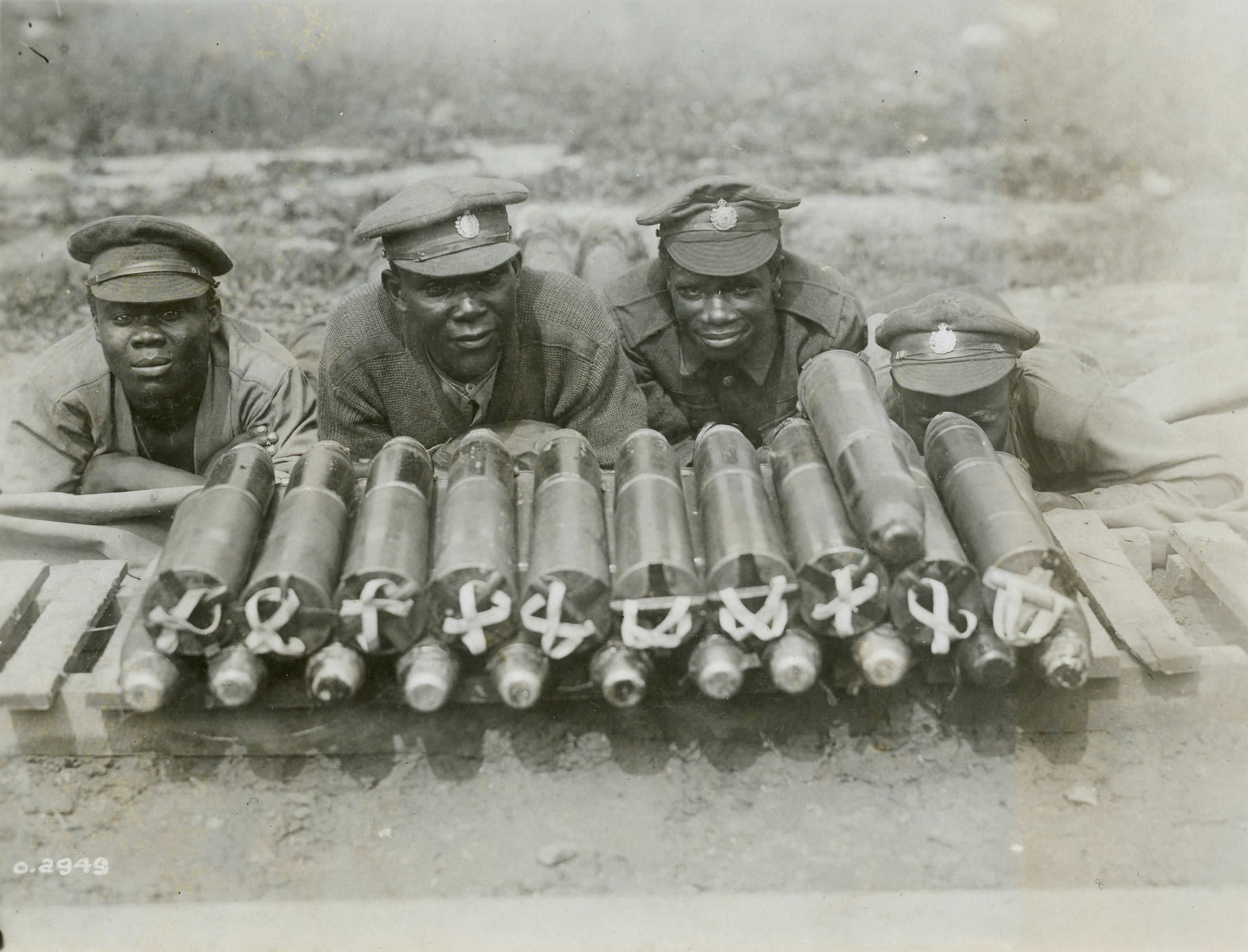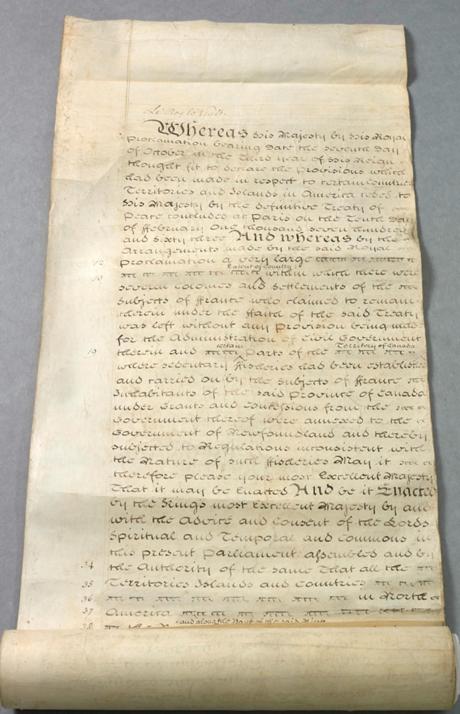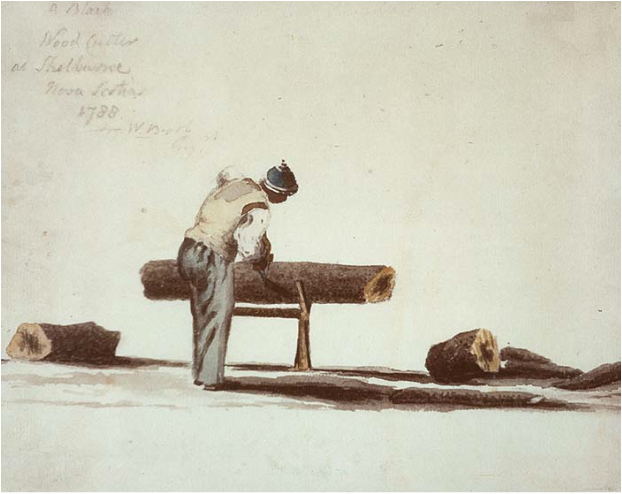Editorial
The First Thanksgiving in North America
The following article is an editorial written by The Canadian Encyclopedia staff. Editorials are not usually updated. It has become common knowledge that the first Thanksgiving in North America was held by Sir Martin Frobisher and his crew in Nunavut in 1578. There are those — mainly Americans upset by the thought of having their holiday co-opted — who argue that it wasn't a “real” Thanksgiving. I would counter that Frobisher had reason to give thanks, and that giving thanks was an important aspect of Elizabethan society, so it would have been a natural thing for him and his men to do.















